By: Anurag Behar.
Scepticism of India’s draft National Education Policy should be suspended until it is implemented
This is the second column in the series, Glimpses Of The Draft National Education Policy (NEP). The draft NEP has received widespread responses, ranging from thoughtful endorsement and insightful critique to good-faith criticism. Some of this is in the public domain, but a lot more seems to be happening in group consultations, feedback to the human resource development ministry, etc. The final policy will be richer for all this. I am extracting some of the salient features of the NEP, with the intent to address some of the issues raised in these responses, but specific knowledge of the responses is not necessary to read through these points.
The NEP is a clear and strong endorsement of the public education system. It envisions high-quality, equitable and universal education—in and through the public education system. This is as applicable to higher education as to school education (age 3-22 roughly). Public-spirited, not-for-profit private institutions will certainly have a role in the Indian education system. However, it is the obligation of the state to provide high-quality education, and all efforts shall be aligned with this goal.
Government spending on public education must rise from current 10% of national public expenditure to 20% in 10 years. These numbers are rough estimates that indicate the direction and scale of the change required. The NEP is what the name says. It is education policy and cannot substitute the government’s fiscal policy and financial strategy. The NEP highlights the financial needs of education and does not dwell on where the money will come from, which is the business of the state.
The Right to Education Act (RTE), 2009, remains a key bulwark of school education—especially in the context of the strong reaffirmation of the state’s obligation and centrality of public education. If anything, its importance becomes deeper and broader, since the extension of the RTE from age 3 to 18, from the current 6 to 14, is envisioned as a key to enabling early-childhood-education and secondary education. The NEP explicitly endorses the continuation of Continuous Comprehensive Evaluation and the No Detention Policy in schools, taking a stand against the recent (past two years) legislative and other actions that dilute or eliminate these educationally important steps. It also directs action on the stopping of misuses and malpractices, including of 12(1)(c), for example, seeking exemption from the RTE by claiming “minority status», inflating student numbers, misrepresenting the socio-economic background of students, etc. It also calls for improvement of the RTE based on a comprehensive review of the experience of its implementation in the past decade, particularly on the matter of being responsive to local infrastructure needs without compromising safety, security and a wholesome learning environment.
“India» and “Indian» are integrated in many parts of the NEP. Some of these matters are: Indian languages, Indian literature, Indian art, Indian music, Indian knowledge systems, Indian history and context, etc. How could it be otherwise? After all, this is an education policy for India. Especially when it doesn’t do all this at the cost of ignoring the “global/modern». I can appreciate the apprehensions of some: “Is there more to this?» If the NEP text is read with an open mind, it becomes clear that there is nothing more to it than an important and valid commitment to know, understand and value our own society. The NEP takes a clear stand for a scientific temper, critical thinking and associated capacities, and for our constitutional values.
The NEP has the vision to transform the regulation and governance of the education system. Three of the key underpinning principles for this transformation are: transparent public disclosure, maximal empowerment and autonomy for institutions, and separation of roles and powers of regulation, operations, standard-setting, etc. While these principles are common to higher and school education, their manifestations are different. School education would be regulated by a newly created quasi-judicial “State School Regulatory Authority», based on a robust accreditation system, and the states’ Directorate of School Education (or Public Instruction) will only be responsible for running and improving the public schooling system. An illustrative implication of this is, Block Education Officers will have no regulatory powers; they will be responsible only for running and improving public schools. This “accreditation system» is based on, and thus empowering of, local institutions such as peer schools, school management committees and panchayats.
I have had the privilege of a ringside view of the evolution of the NEP. That gives me confidence that the draft will be enriched and revised by the constructive responses to it. Some of those responses will be the topic of the third piece in this series. I have also seen negative reactions to it. Many of these are born of a deep scepticism that committees can do their work unhindered and uninfluenced. Clearly, the final test of any policy is in its implementation, but it is important to suspend such judgement and disbelief. The NEP offers ample energy for that optimism.
Source of the article: https://www.livemint.com/
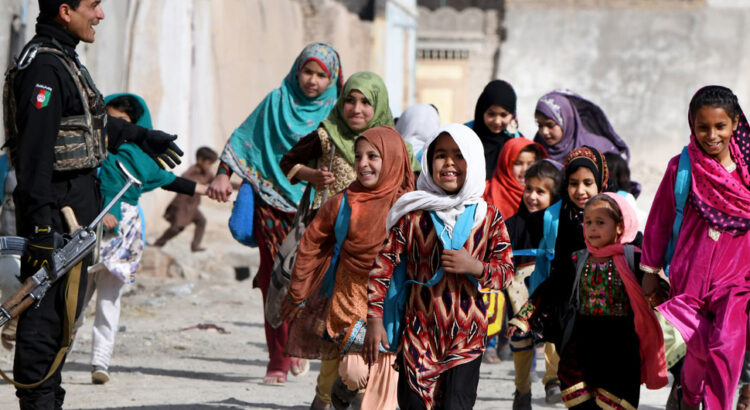
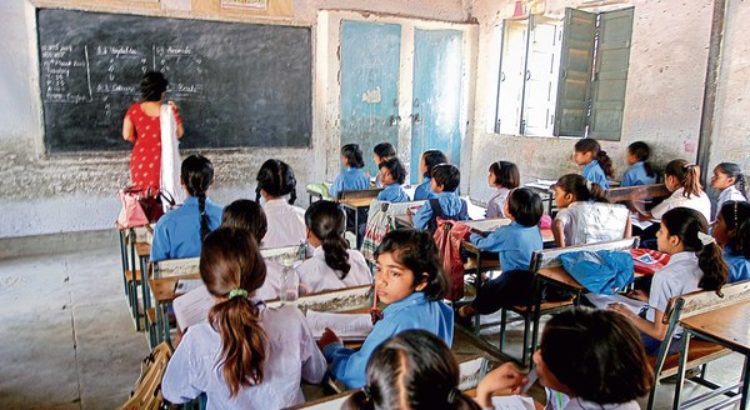
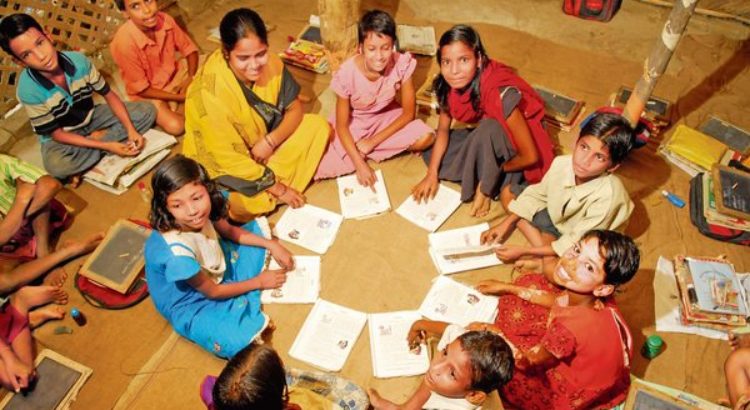

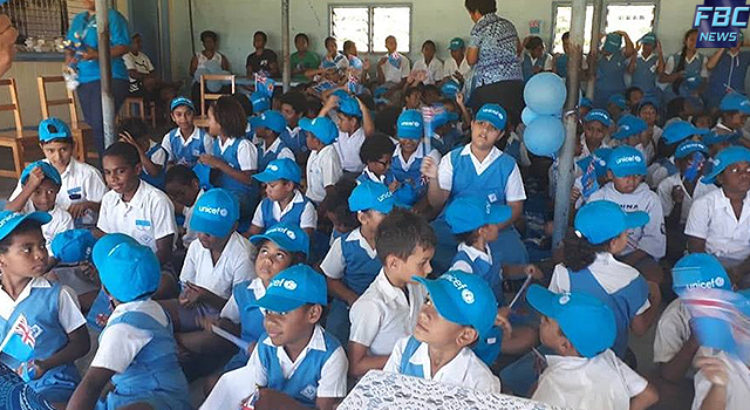

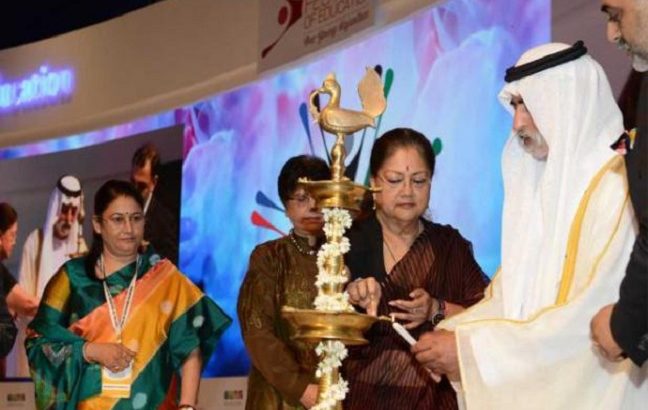






 Users Today : 33
Users Today : 33 Total Users : 35460242
Total Users : 35460242 Views Today : 41
Views Today : 41 Total views : 3418936
Total views : 3418936